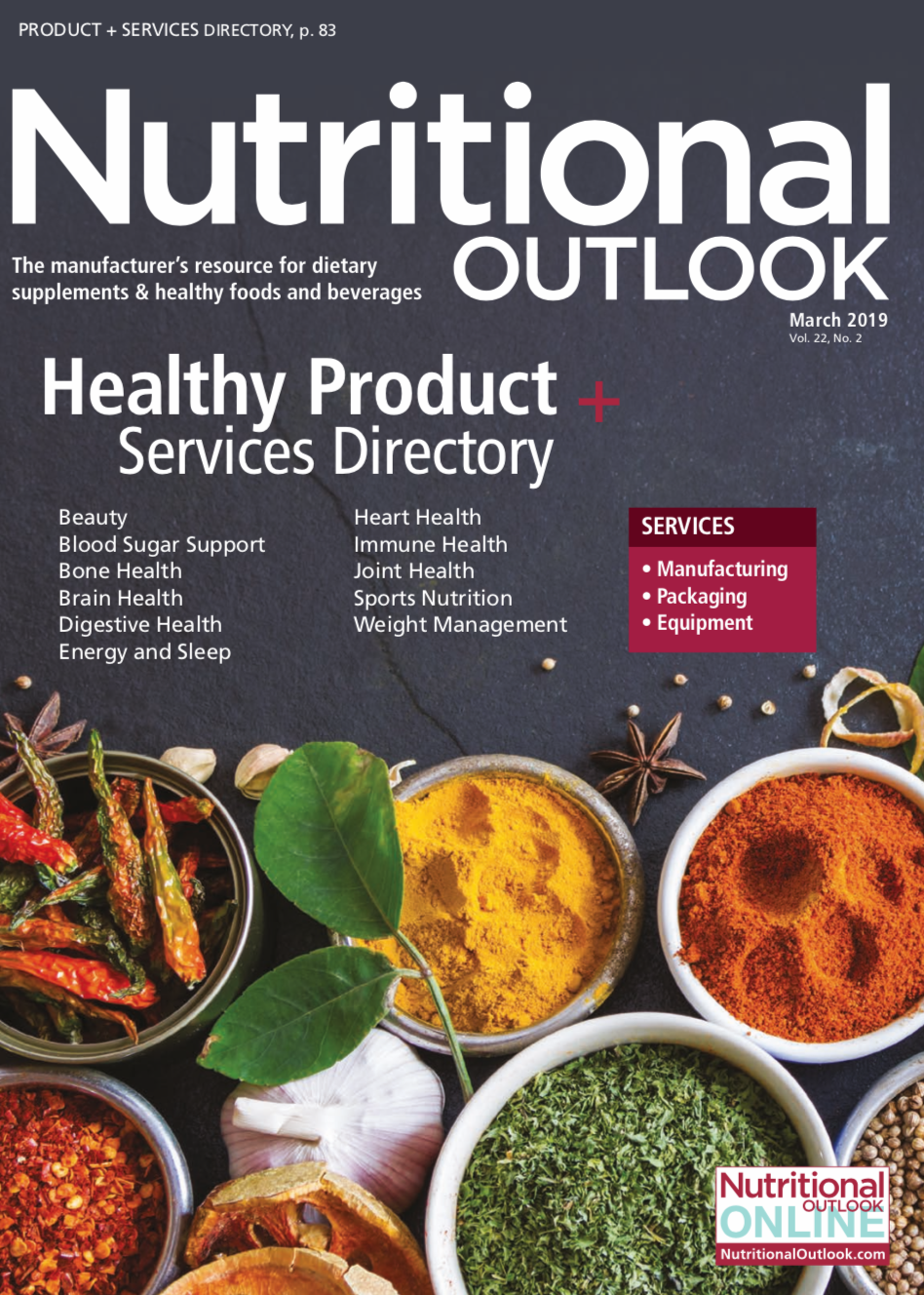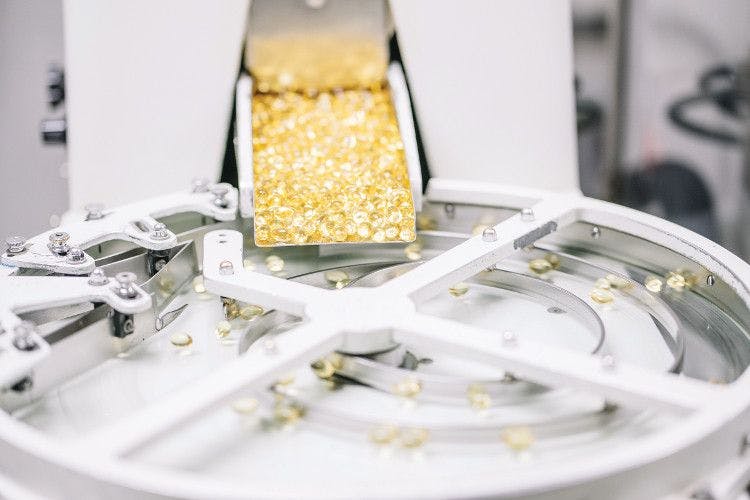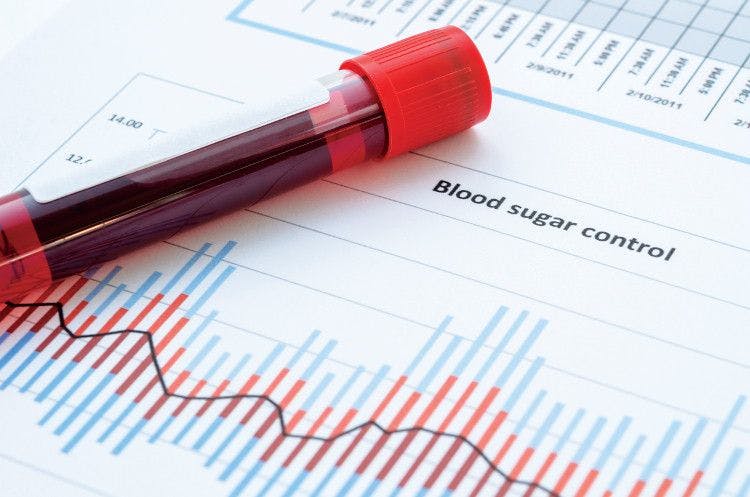Mergers and acquisitions, and investment in emerging technology, are helping equipment manufacturers keep up with innovation
Mergers and acquisitions play an important part in strengthening an equipment company's hand, particularly when it means gaining access and expertise to new technology.
Photo © iStockphoto.com/DNY59

As demand for natural products increases on the consumer level, so, too, does the demand for processing and manufacturing equipment on the production level. For example, according to the market research company Frost & Sullivan (San Antonio, TX), the global food and beverage processing and packaging equipment market is expected to expand at a compound annual growth rate of 4.1% from 2017 to 2022, to reach $78.6 billion. While this is very promising growth, it is also a gauntlet, a challenge to equipment producers to ensure they continually innovate in order to compete.
It’s a challenge that’s not always easily met. “The high cost of labor in countries such as the United States, low labor retention rates, and immigration policies across different countries are anticipated to accelerate the need for innovation and equipment automation with improved functionality,” explains Arun Ramesh, team lead, agriculture and nutrition, visionary science, Frost & Sullivan. “Equipment manufacturers across different end applications have added capabilities in their existing plants to manufacture machines that cater to customer needs, through internal capacity expansion, offering end-to-end solutions with an array of machines used in the production line for processing and packaging, offering customized solutions wherever required, and by acquiring companies to gain technology competence.”
Equipment manufacturers are no strangers to their clients’ need for customization, of course. “Although these needs may be different, we wouldn’t necessarily quantify them as being more demanding,” states Ken Langhorn, technical director of Charles Ross & Son Co. (Hauppauge, NY), which specializes in mixing equipment. “Our goal has always been to meet our customer’s processing needs and to evolve by incorporating features that offer improvement and efficiency to their process. This is how we continue to advance our technology.”
That being said, the changing needs of customers can pose some challenges and does sometimes necessitate significant investment. As Ramesh pointed out, mergers and acquisitions play an important part in strengthening one’s hand, particularly when it means gaining access and expertise to new technology. The high-pressure processing (HPP) technique is one example of an emerging technology that has already grown significantly and is only expected to get bigger, encouraging investment in HPP capabilities.
“[HPP], which was used for preserving jams, juices, and beverages, is now gaining popularity given the increased preference for food safety,” explains Ramesh. “Use of HPP has expanded to almost all food products such as fish and meat, seafood, yogurt, rice cakes, salads, and grains. While global investment in HPP is still in the nascent stage, this equipment market is expected to grow significantly in the future. Research by grain producers in the U.S. and Europe shows that use of HPP breaks down the allergic protein content of grains and makes them safe for consumption.”
For example, JBT Corp. (Chicago, IL) is an equipment manufacturer actively acquiring companies to leverage technological innovation, buying up three companies in the last two years. JBT acquired Avure Technologies, and PLT International in 2017, adding capabilities in HPP, powder filling, and handling systems, and in July 2018 acquired FTNON, a leading provider of equipment and solutions for the fresh produce, ready meals, and pet food industries.
Moving forward, there are a few areas Ramesh suggests equipment manufacturers put their focus on. “Manufacturers are required to focus on the following solutions: Automated equipment, self-monitoring machines, CIP (clean in place) equipment, flexible equipment with easy changeover, inspection equipment to eliminate contamination, energy-efficient equipment, self-learning equipment, and robotics,” he states.

Prinova acquires Aplinova to further increase its footprint in Latin America
April 7th 2025Prinova has recently announced the acquisition of Brazilian ingredients distributor Aplinova, which is a provider of specialty ingredients for a range of market segments that include food, beverage, supplements, and personal care.

























